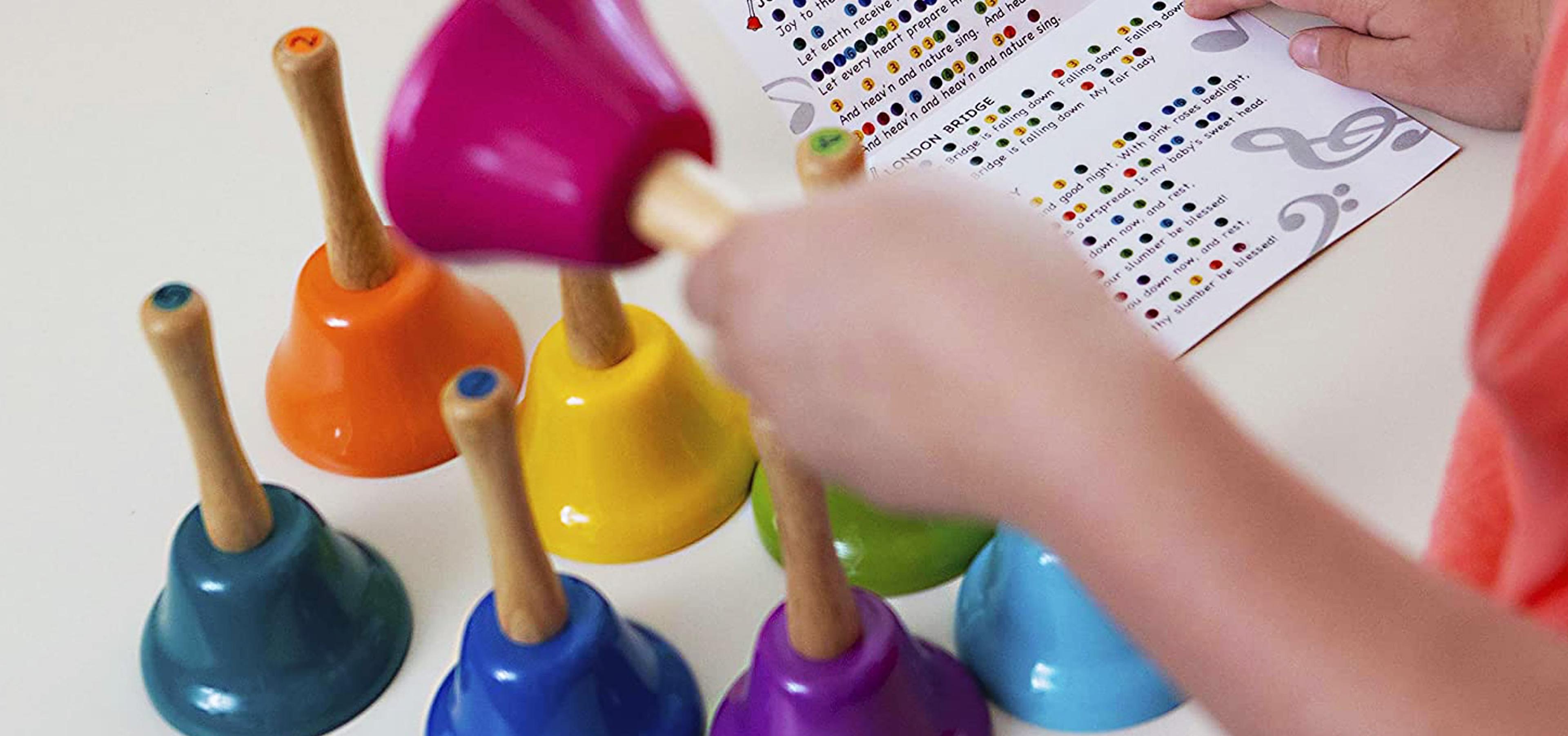The Montessori method of education is known for its unique approach to learning, which emphasises the importance of hands-on experience and exploration. One of the tools used in Montessori classrooms to teach music theory is a set of bells, which are designed to help children learn about the diatonic scale.
Introduction on diatonic scale and bells used for diatonic scale:
The diatonic scale is a series of eight notes that are arranged in a specific pattern of whole and half steps. This pattern forms the basis for much of the music we hear today, and understanding it is essential for anyone who wants to learn how to play an instrument or compose music.
In Montessori classrooms, the bells are arranged in a specific order that corresponds to the diatonic scale. Each bell is a different size and colour, and the children are encouraged to explore them by striking them with mallets and listening to the different sounds they produce.
The bells are also used to teach children about musical notation, as each bell is labelled with a note name and the corresponding symbol. This helps children to associate the sound of each bell with its written representation, which is an important step in learning how to read music.

Benefits of using bells
In addition to teaching music theory, the bells are also used in Montessori classrooms to develop children's listening skills and to encourage them to work together in a group. By playing the bells together, the children learn how to coordinate their movements and to listen to each other's contributions.
Overall, the bells are a valuable tool for teaching music theory in Montessori classrooms. By providing children with a hands-on, interactive experience, the bells help to make learning about the diatonic scale and musical notation fun and engaging.

